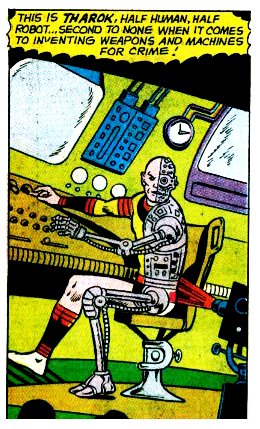For the first time, scientists at the Max-Planck Institute for Biochemistry in Martinsried near Munich have coupled living brain tissue to a chip equivalent to the chips that run computers.
The scientists in Martinsried developed a revolutionary noninvasive technique that enables them to record neural communication between thousands of nerve cells in the tissue of a brain slice with high spatial resolution. This technique involves culturing razor-thin slices of the hippocampus region on semiconductor chips.
A thin tissue slice of a rat hippocampus region (top) is cultivated on a semiconductor chip with 16.384 sensory transistors per square millimetre (center, dark coloured square). Following excitation the chip maps the electrical activity of the neurons (bottom), caused by activity of synapses (red: positive, blue: negative). copyright: Max Planck Institute of Biochemistry
REF: High-resolution multi-transistor array recording of electrical field potentials in cultured brain slices


